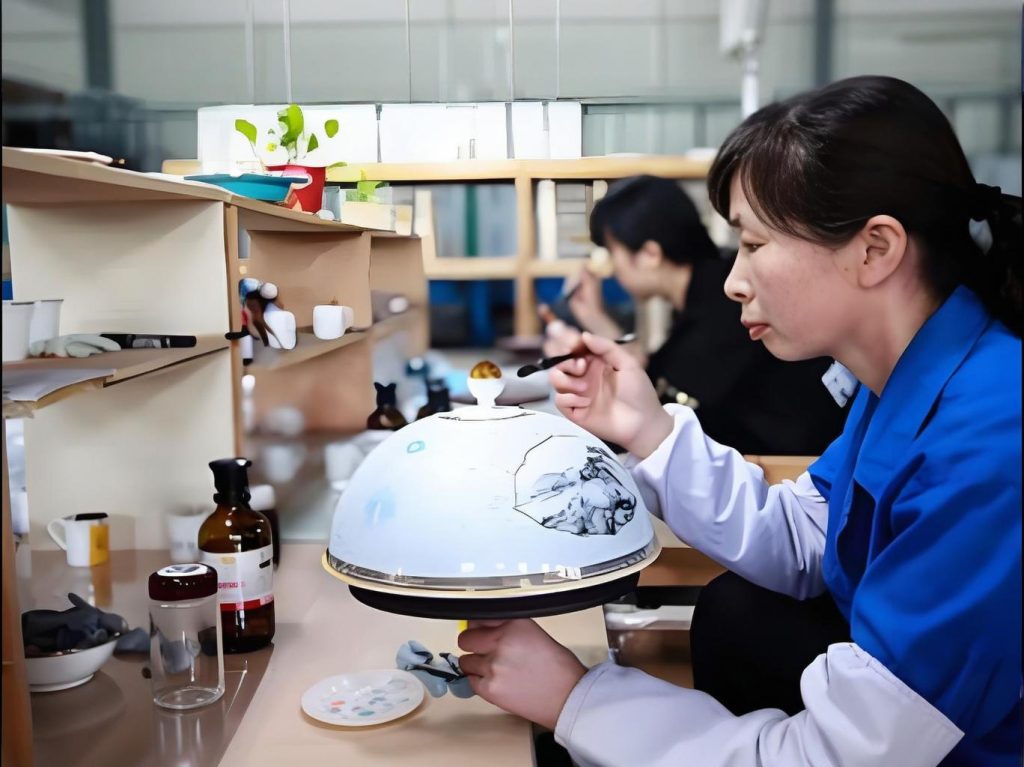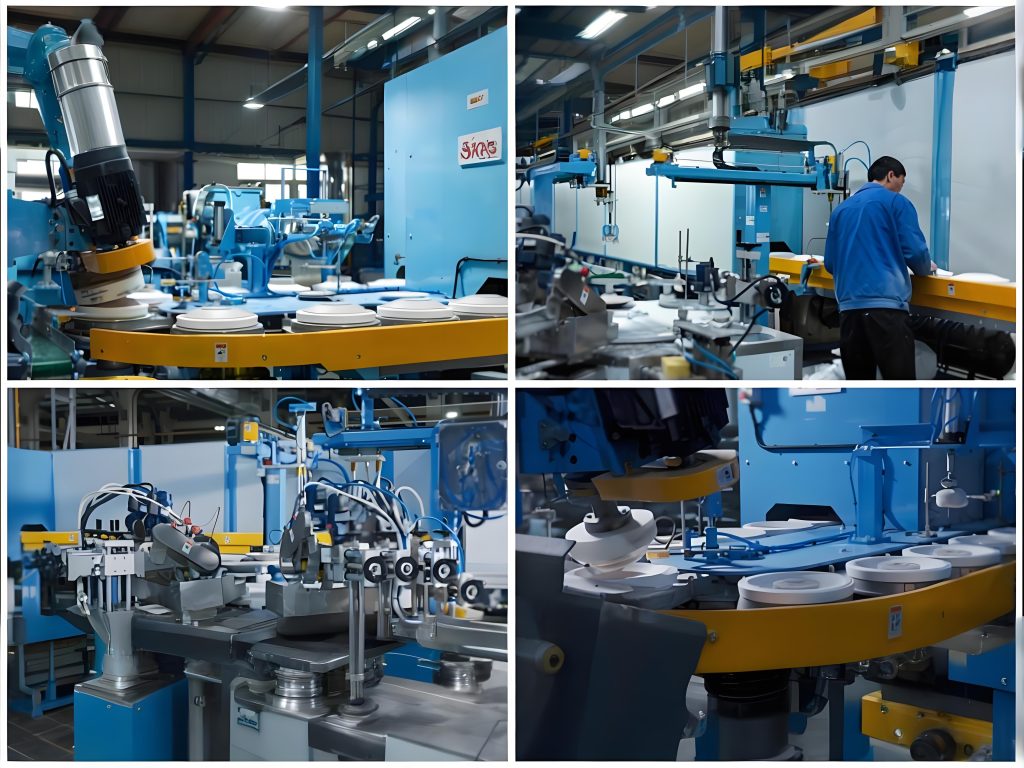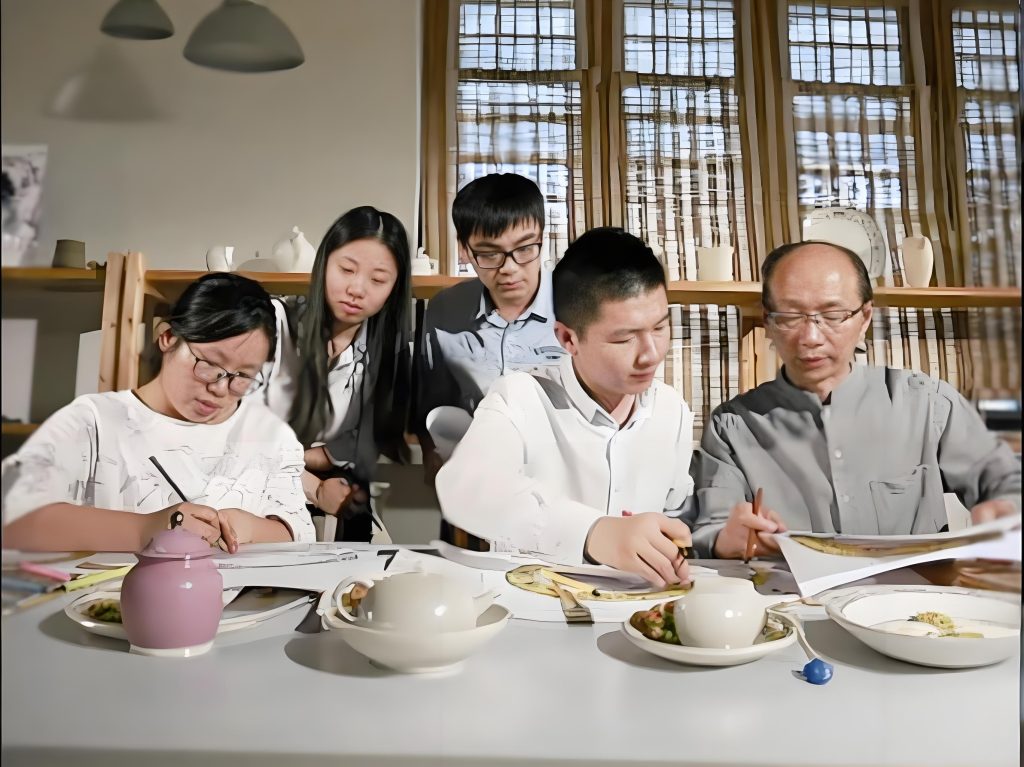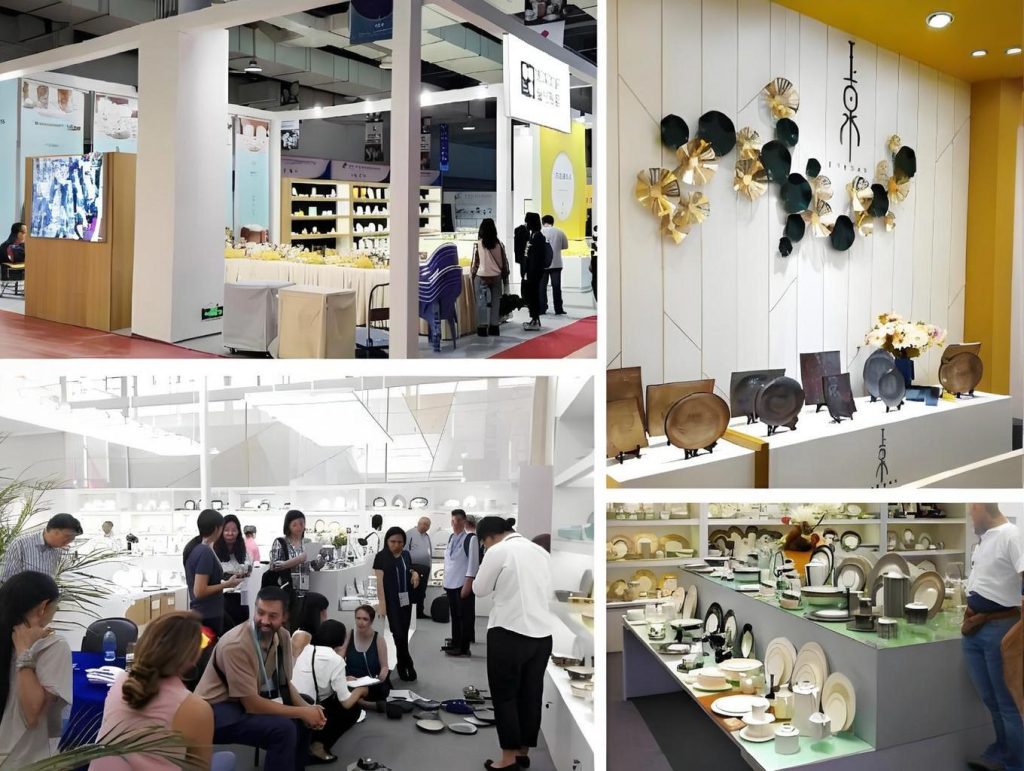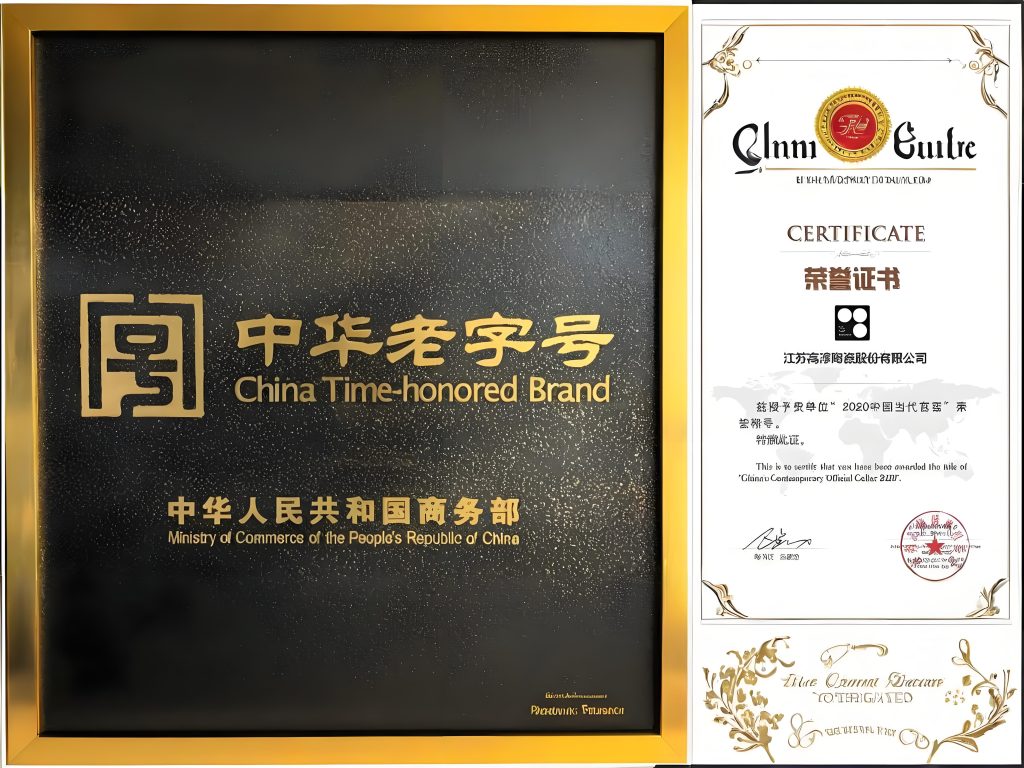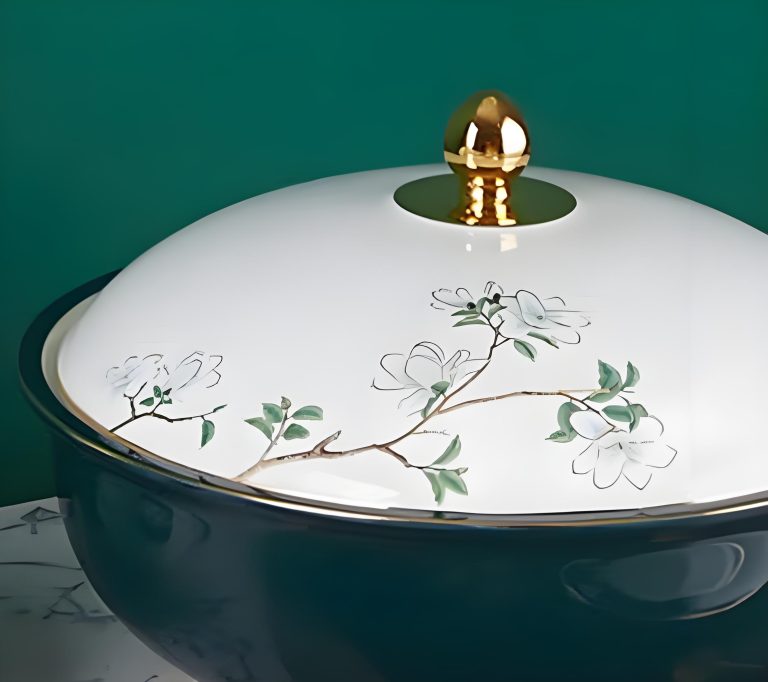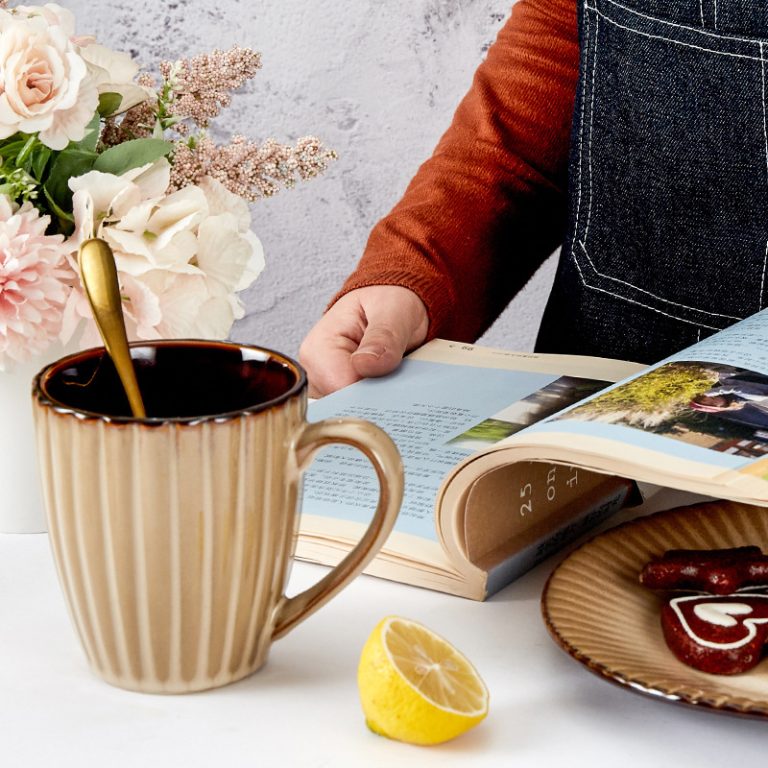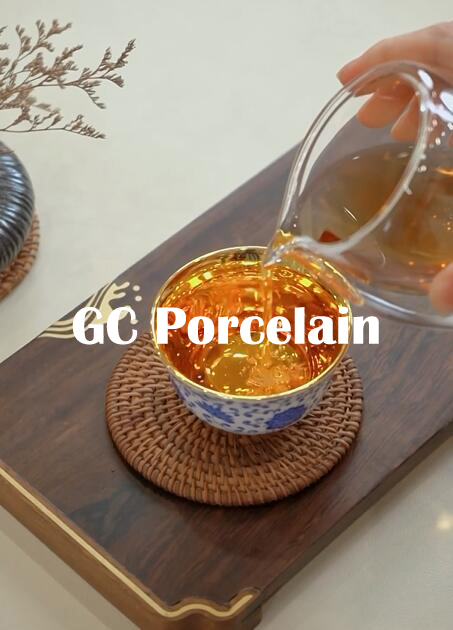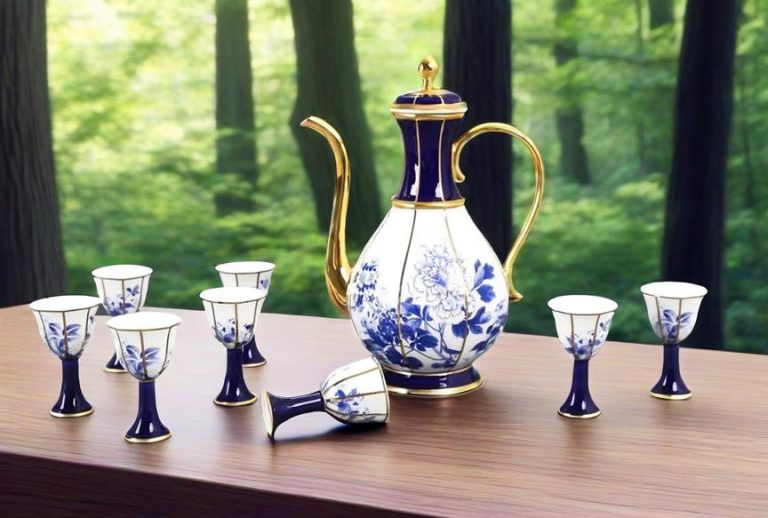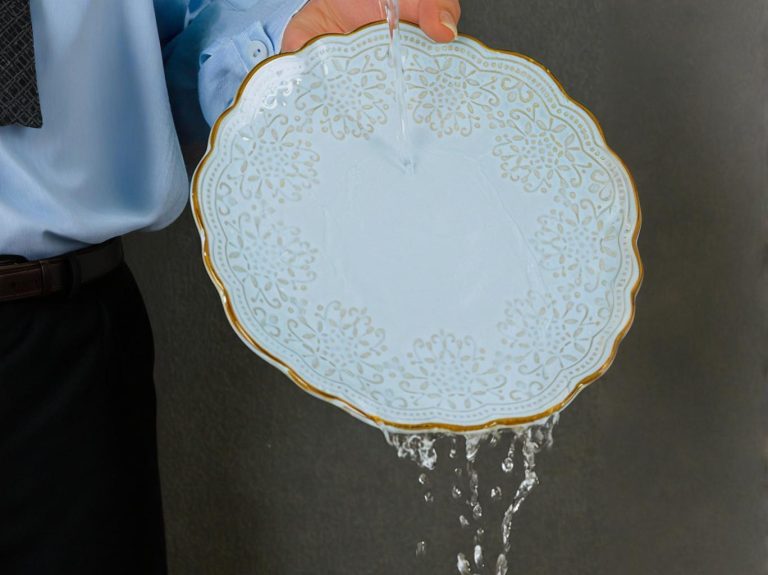Cafe Dinnerware Buying Guide: The Overlooked Details That Make Customers Return
Opening
Ever noticed why lattes taste better at certain cafes?
It’s not just expensive beans. It’s not only skilled baristas. Often, it’s the cup itself. The perfect weight matters. The warm texture counts. The rim’s curve makes a difference. Even that imperfect glaze on white porcelain plays a role.
I’ve spent time on Quora and Reddit reading cafe dinnerware discussions. Here’s what I found: The biggest mistake cafe owners make isn’t choosing the wrong espresso machine. It’s buying dinnerware that just “looks okay.”
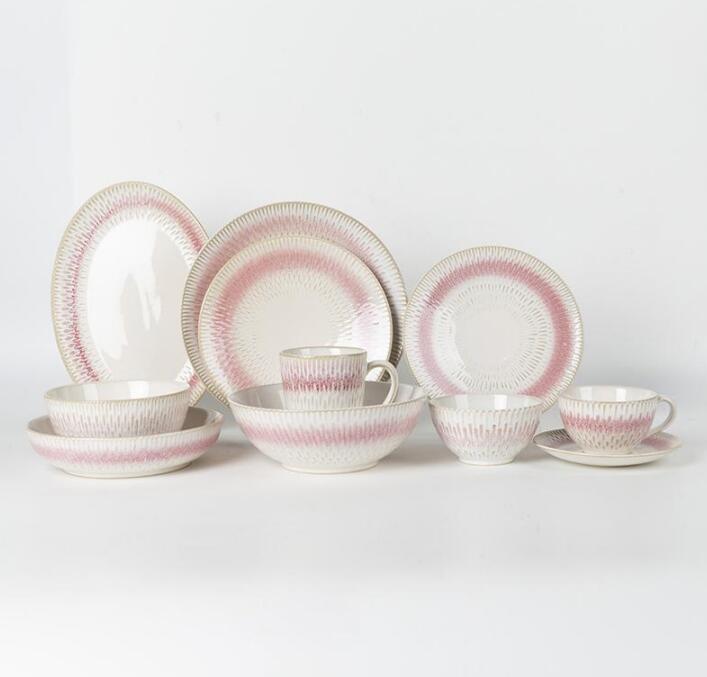
Why Dinnerware Matters More Than You Think
Real Talk from Reddit Cafe Owners
On r/cafe and r/smallbusiness, dinnerware discussions get surprisingly heated. One three-year cafe owner shared:
“I bought cheap white mugs on Amazon at first. Figured customers only care about coffee. Three months later, nobody was photographing my cups on Instagram. They all posted Starbucks-style ‘aesthetic’ ones instead. Switched to Japanese-style rough pottery. Suddenly, check-ins doubled.”
This reveals something unsettling: Customers won’t complain about ugly cups. They’ll just stop coming back.
Another chain cafe purchasing manager added key points:
- Cups too light? Feels cheap to customers
- Rim too thick? Affects coffee temperature and taste
- Rough plate edges? Makes fancy desserts look basic
These details go unnoticed consciously. But the body remembers them.
Quora’s Professional Take: Dinnerware as Silent Staff
A hospitality management expert wrote a top-rated answer. The core idea hits hard:
“Dinnerware is the silent salesperson of your cafe.”
He explained customer impressions form 40% from visual and tactile experiences. Dinnerware accounts for half of that. A cup with good weight suggests quality ingredients. Cheap plastic-feeling dinnerware makes an $8 coffee taste like $2.
Three Dinnerware Mistakes I Almost Made
Mistake 1: Looks Over Functionality
Those minimalist Instagram-worthy Morandi-colored pieces look great online. But…
Reddit has threads dedicated to “aesthetic dinnerware disasters”:
- Matte glazes stain easily and won’t come clean
- Oddly shaped cups don’t stack well in dishwashers
- Shallow plates for pasta? Sauce spills before reaching tables
A ten-year veteran summed it up: “Buy for the dishwasher, not for the ‘gram.”
Truth right there.
Mistake 2: Mixing Styles Equals Personality?
There’s a Quora question: “Can I mix different dinnerware styles in my cafe?”
Top answer cuts straight: Yes, but 90% mess it up.
Reasons include:
- Customers need visual consistency to feel professionalism
- Mixing requires strong aesthetic control (limit to 2-3 color schemes)
- Restocking becomes a nightmare when you can’t find matches
Mixing isn’t forbidden. But if you’re asking whether you should, the answer is probably don’t.
Mistake 3: Ignoring the Tableware Manufacturer Choice
This trap caught me later.
Many people, myself included, go straight to wholesale markets or online platforms. Smart buyers choose the tableware manufacturer first.
Why does this matter?
- Quality Control Varies Wildly
“Bone china cups” from big factories versus small workshops differ completely. Reddit users reported $1.50 “bone china” from certain sites cracking after two dishwasher cycles. - Restocking Nightmares
Small factories might discontinue after one batch. Need more in six months? Too bad. Established tableware manufacturers maintain stable product lines and inventory. - Customization Options
Want your logo on cup bottoms? Need rim adjustments? Only reliable manufacturers handle this without absurd “500-piece minimum orders.”
A Quora restaurant consultant recommends:
- Choose manufacturers with 10+ years history
- Check their client list (any major chain brands?)
- Ask about “restocking timeline” and “minimum order quantities”
Get these answers before ordering. Regret comes too late otherwise.
Dinnerware Choices by Cafe Style (Real-World Edition)
Specialty Coffee Shops: Less is More, But Quality Must Pop
Characteristics:
- Single-origin coffee focus
- $5-9 per drink
- Target audience: coffee enthusiasts, artsy types
Dinnerware Recommendations:
- Cup type: 5-7oz tulip or wide-mouth cups (shows latte art)
- Material: Japanese rough pottery or bone china (warm feel, doesn’t overshadow coffee)
- Color: Pure white, off-white, light gray (makes coffee color the focal point)
- Accessories: Wooden trays plus stainless steel spoons
One Reddit shop owner’s experience:
“We use replicas of Japanese Hasami ware through a custom tableware manufacturer. Cost 60% less than originals. Customers can’t tell the difference. That ‘substantial weight’ matters. Customers feel the coffee’s worth the price.”
Instagram-Worthy Cafes: Looks are Everything
Characteristics:
- Photo-focused
- Desserts and specialty drinks
- $6-12 per item
Dinnerware Recommendations:
- Cup type: Large glass cups, vintage handle mugs
- Material: Colored ceramics, electroplated gold edges (extremely photogenic)
- Style: Morandi colors / vintage palace / minimalist black-white
- Accessories: Marble-pattern trays, dried flower decorations
Important notes:
- Avoid excessive patterns (they overwhelm food colors)
- Gold edges must be quality plating (cheap versions flake off visibly)
Community Cafes: Durability Beats Beauty
Characteristics:
- High-frequency use
- $3-6 per drink
- Target audience: locals, students
Dinnerware Recommendations:
- Material: Reinforced porcelain (unbreakable is priority one)
- Cup type: Standardized (stackable, dishwasher-friendly)
- Color: Dark shades (hides stains)
- Brand: Commercial-grade tableware manufacturers preferred
A Quora chain store buyer’s golden quote:
“In high-volume cafes, your dinnerware should survive a zombie apocalypse.”
Five Questions to Ask Before Buying
When talking to tableware manufacturers or suppliers, don’t hesitate:
- “What’s the breakage rate for this batch?”
Normal range is 3-5%. Avoid anything over 10%. - “Can you send samples?”
Photos always have filters. Physical samples reveal truth. - “How long for restocking? What’s the minimum order?”
Some manufacturers require 50 pieces minimum. Others demand 500. Huge difference. - “Is it dishwasher and microwave safe?”
Get this in writing. Prevents future disputes. - “Got any similar cafe examples?”
Ask them to show comparable cafe setups they’ve supplied.

Final Thoughts on “Imperfect” Beauty
A Reddit post stuck with me:
A Japanese cafe owner explained their handmade cups all have slight asymmetries and glaze variations. Customers initially asked “Are these defective?” But gradually discovered these imperfections make each visit feel like finding new details.
This made me realize dinnerware selection is choosing a “relationship style.”
Do you want assembly-line standardization? Or handcrafted warmth with character?
Maximum cost efficiency? Or willing to pay 30% more for “quality feel”?
No universal answer exists. But one thing’s certain: When you start caring about these details, your cafe already stands apart from those “just opening to see what happens” places.
If you have any questions or need to custom dinnerware service, please contact our Email:info@gcporcelain.com for the most thoughtful support!

